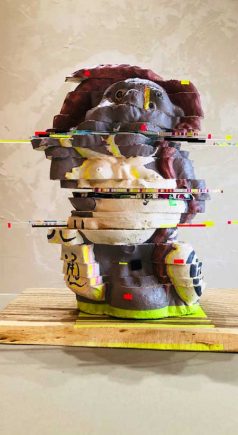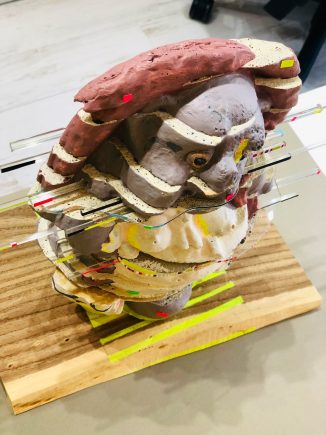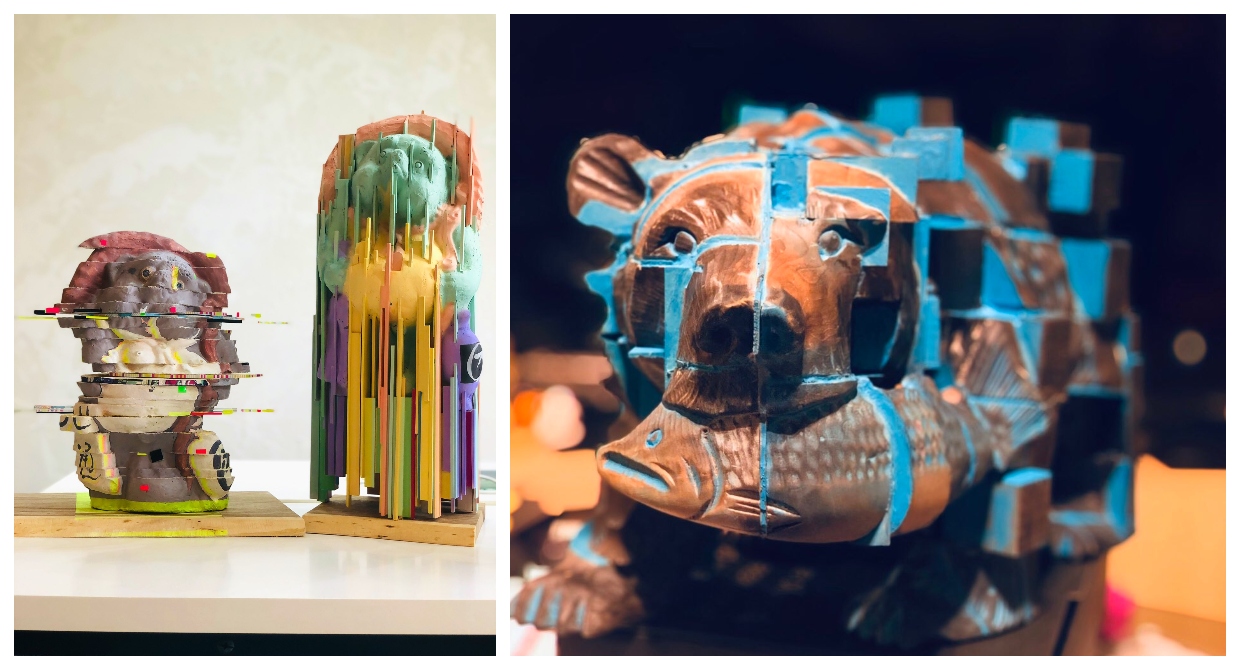
Kenichi Nakaya is a Japanese artist and sculptor based in Hokkaido who repairs arts and crafts. But he also has a side-hustle he calls “folklore,” which is an ongoing series in which he takes ubiquitous and often kitschy Japanese rural crafts and reconfigures them into unique, contemporary works of art.
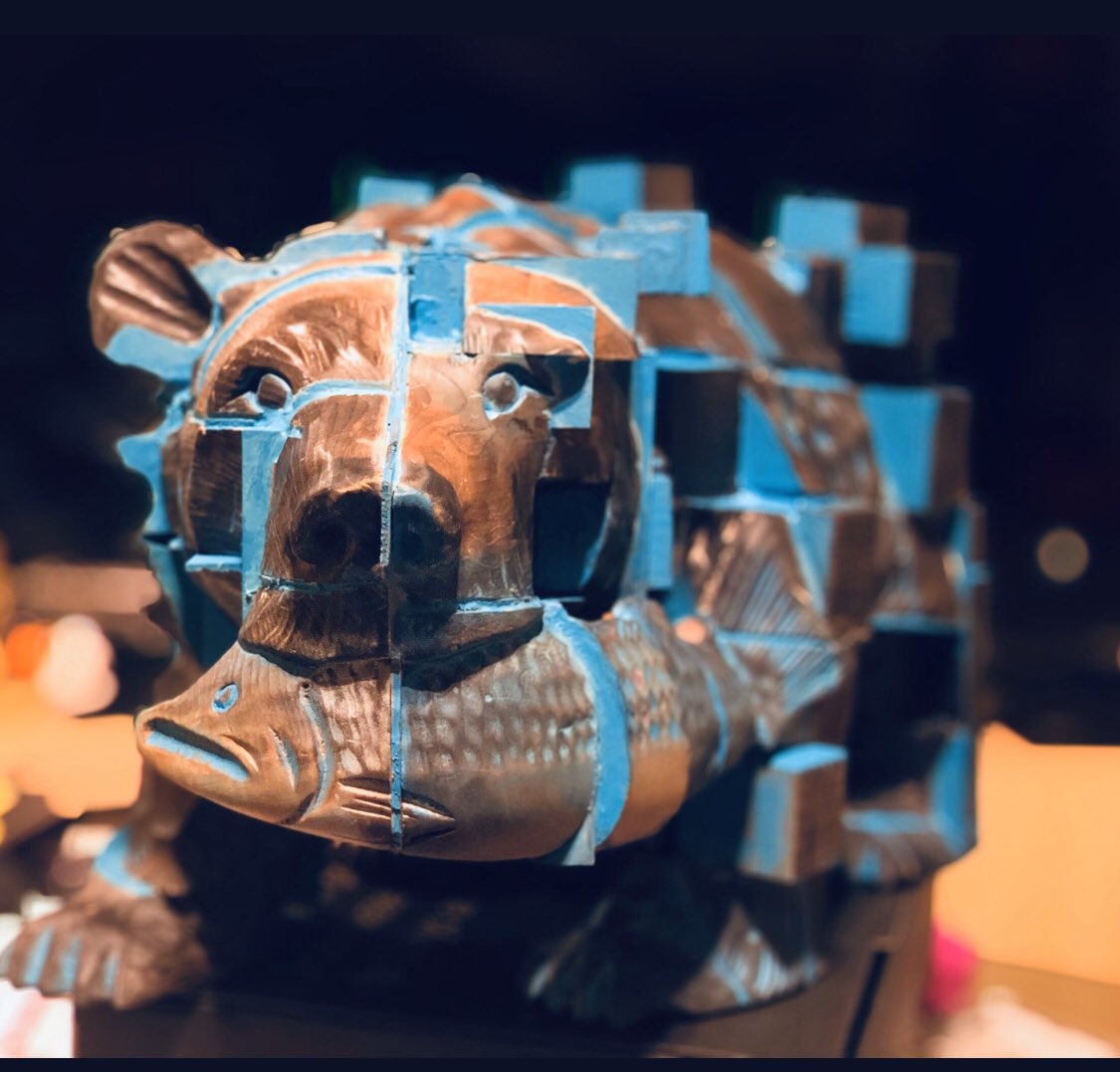
One primary object that Nakaya has focused his artistic eye on is the kibori guma: a wooden carving of a bear with a fish in its mouth. The motif actually originated in Germany but became hugely popular in the 1920s after a member of the Tokugawa family presented the carving to the farmers, suggesting that they manufacture copies of it during the winter as a source of income. In the 80s and 90s it felt like almost every single Japanese home owned at least one of them.
Kenichi Nakaya will be showcasing his work at an upcoming exhibition (6.1.2021 – 6.13) at Hacosco Cafe in Shizuoka. You can also keep up with the artist on Twitter.
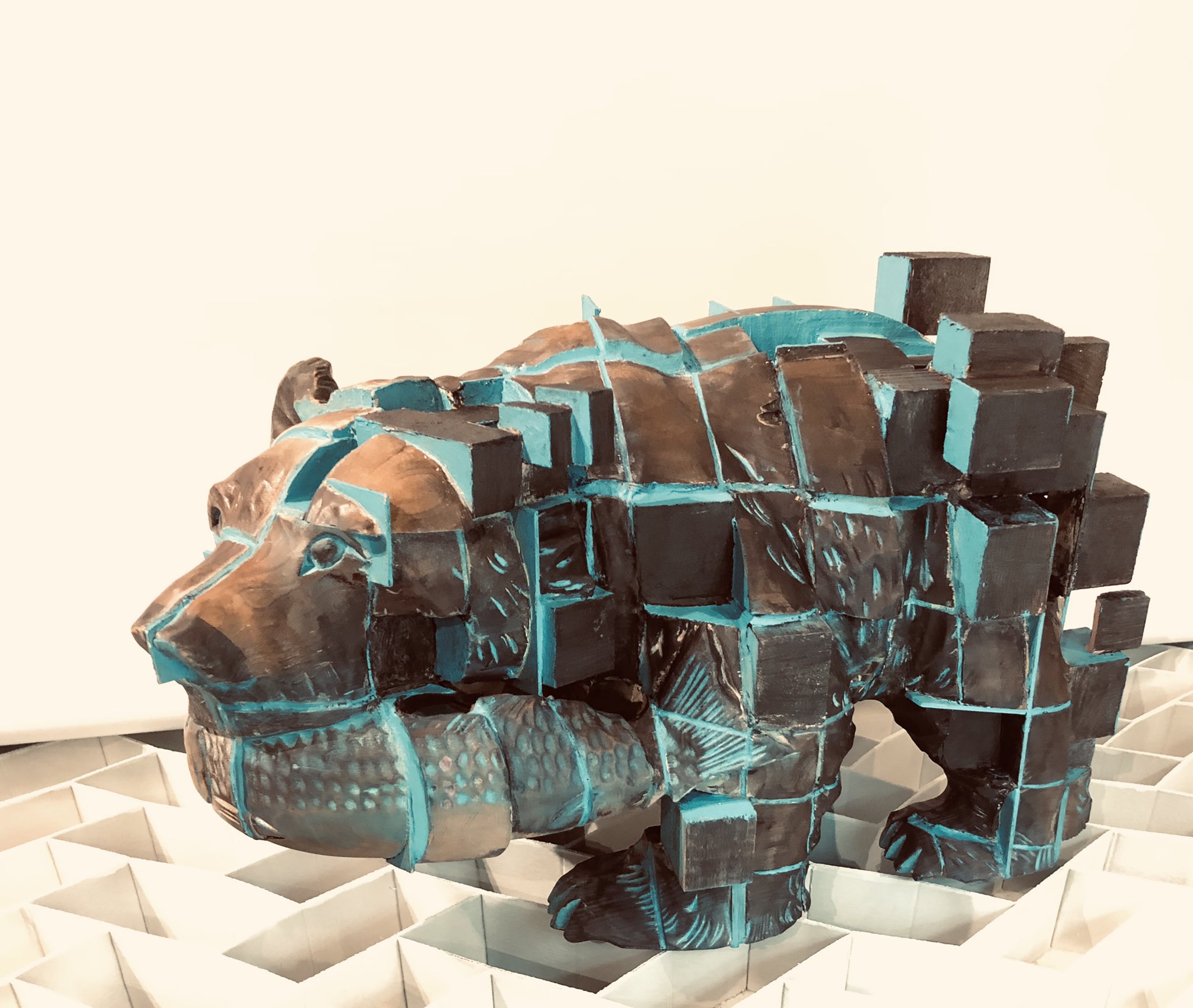
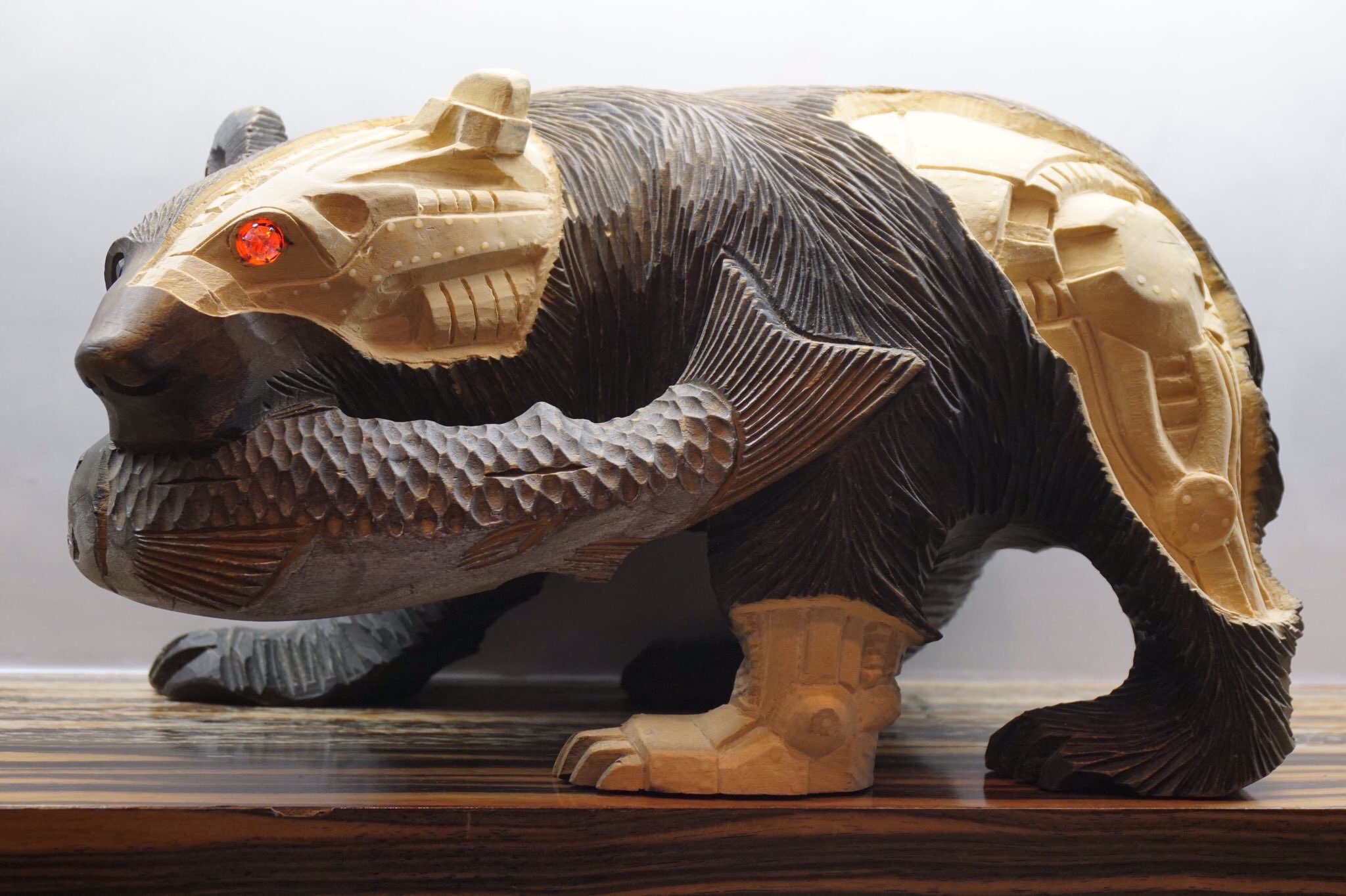
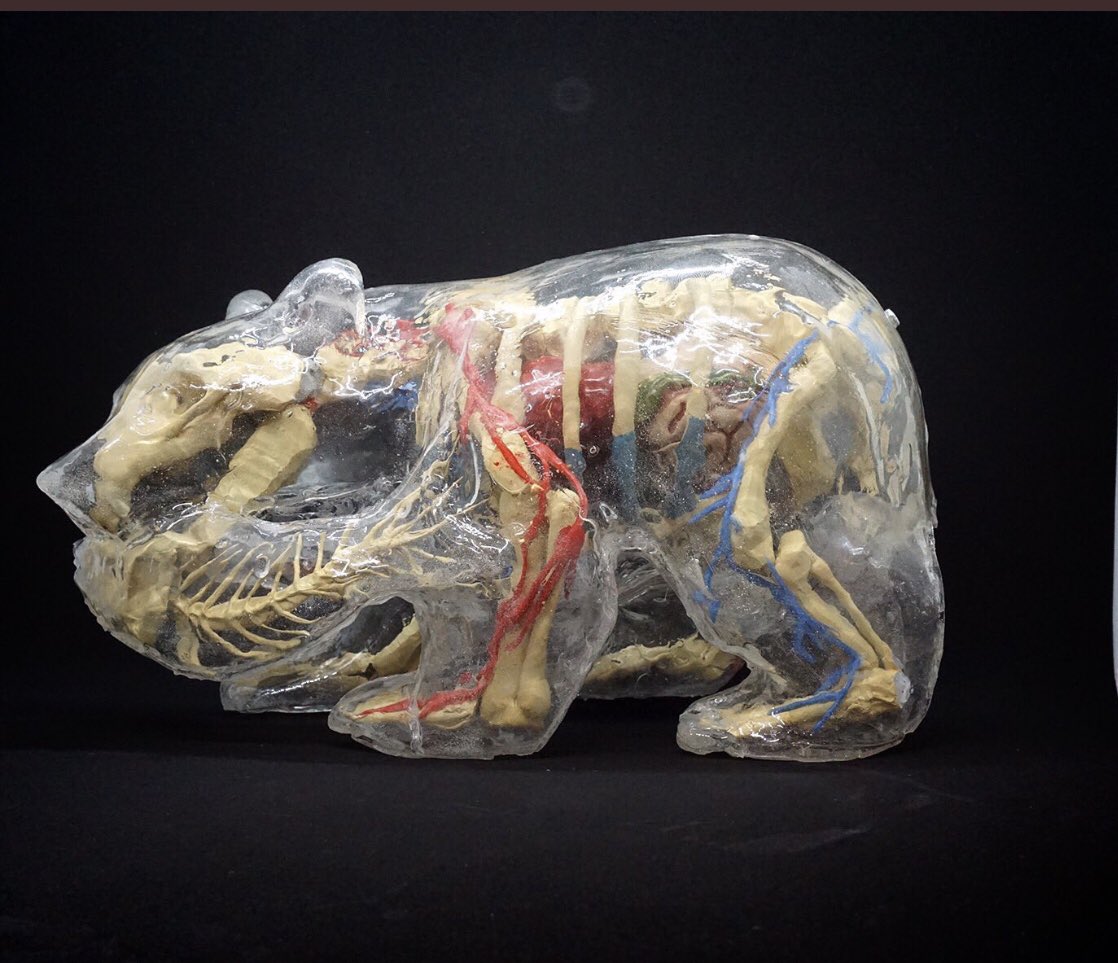
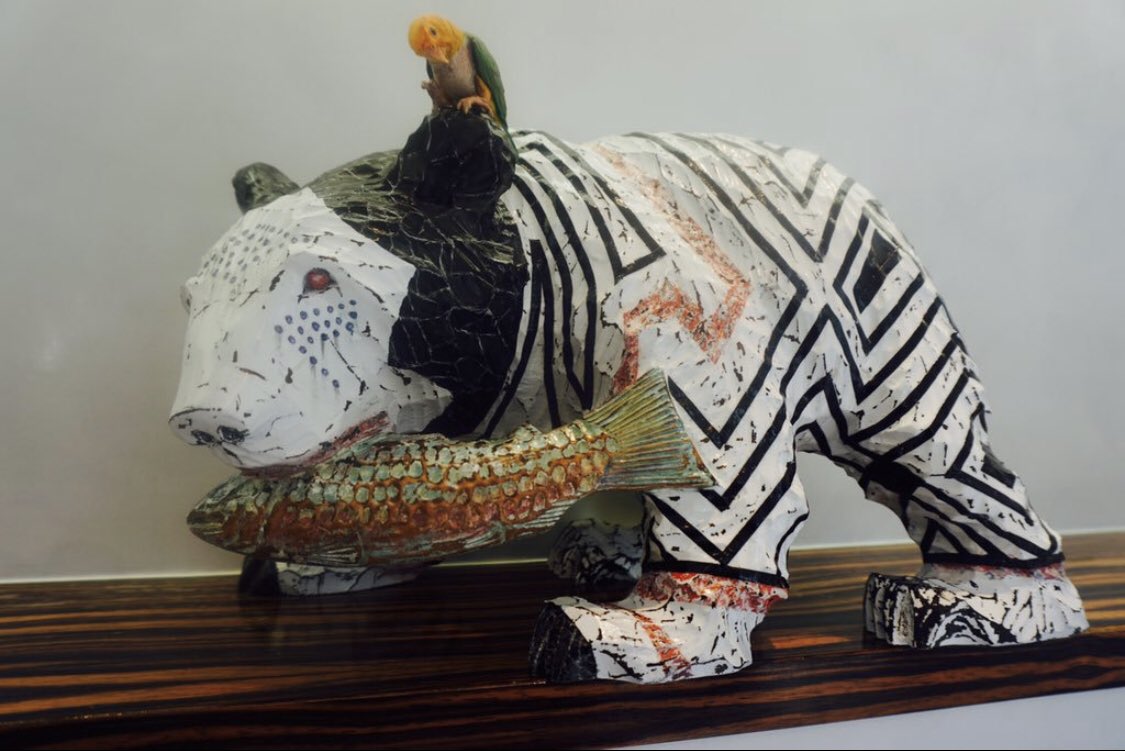
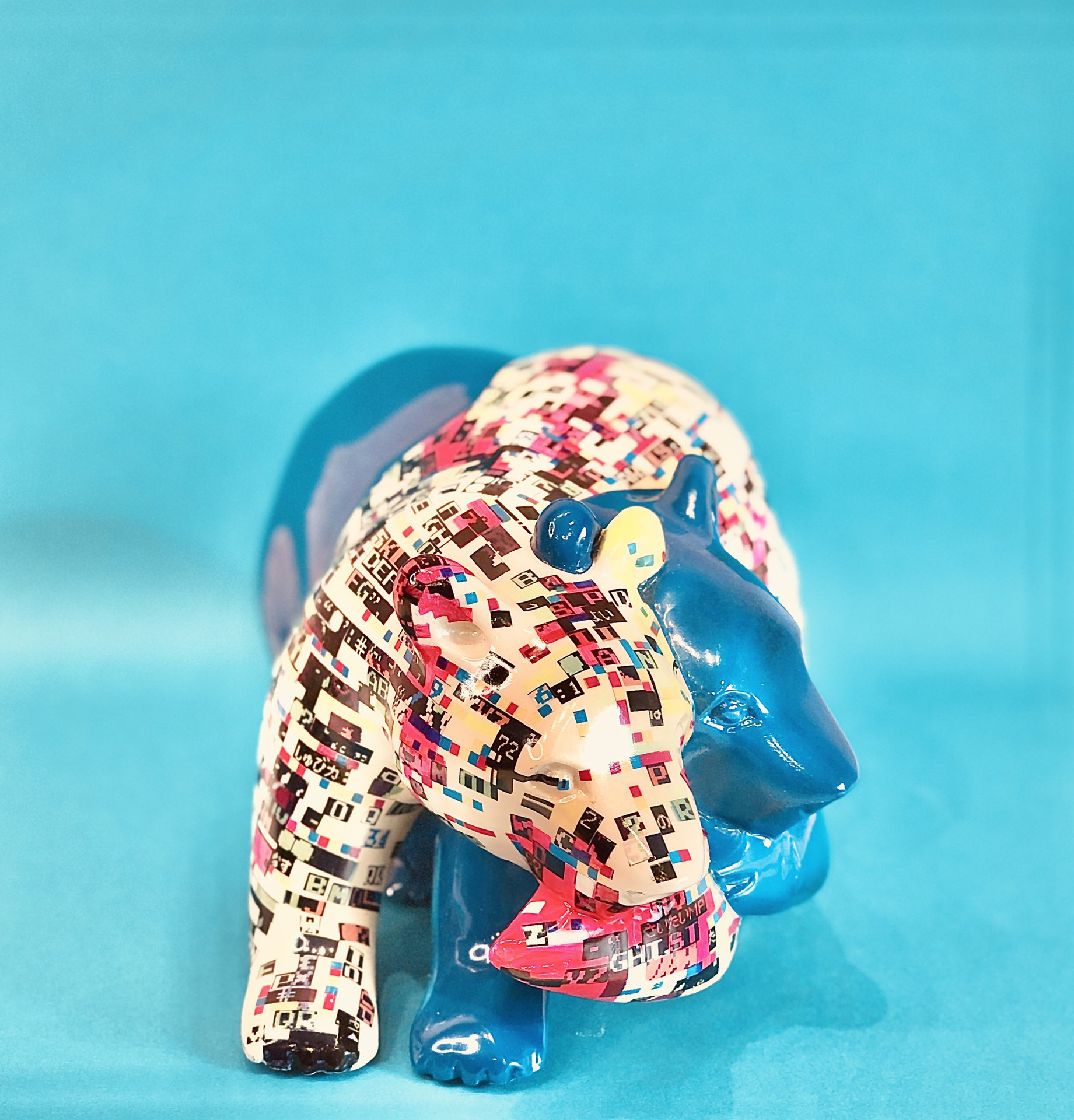
Another rural craft that Nakaya has reconfigured is the ceramic tanuki, which can often be found outside Japanese stores, cafes and sometimes homes. Modelled after the Japanese racoon dog, an animal often found in Japanese folklore, these ceramic statues were thought to bring good luck and fortune.
Nakaya calls his reconfigurations “glitch tanuki.”


